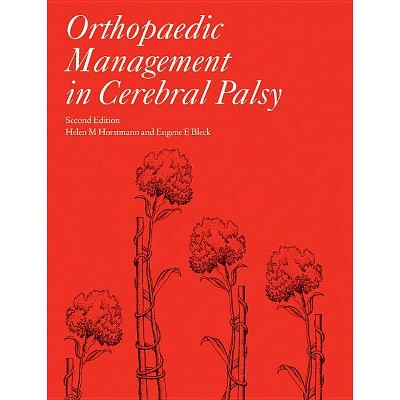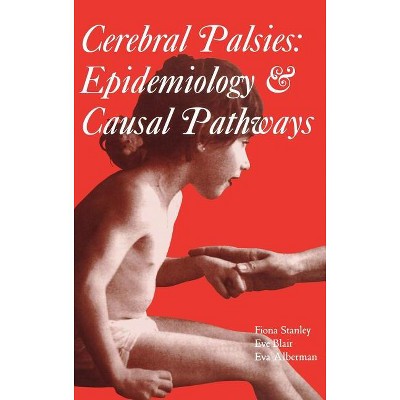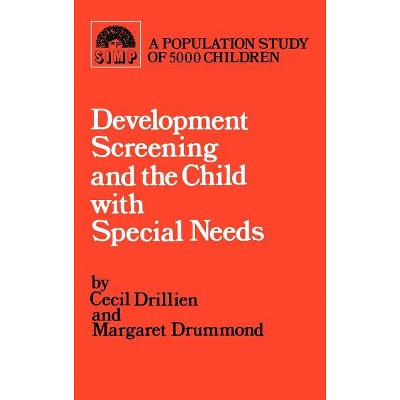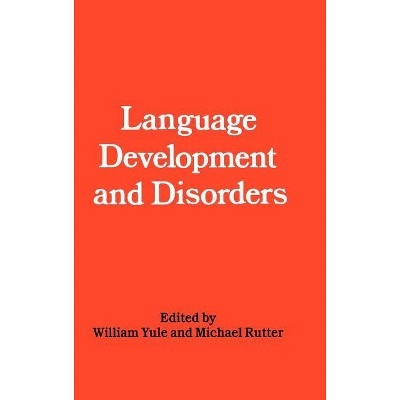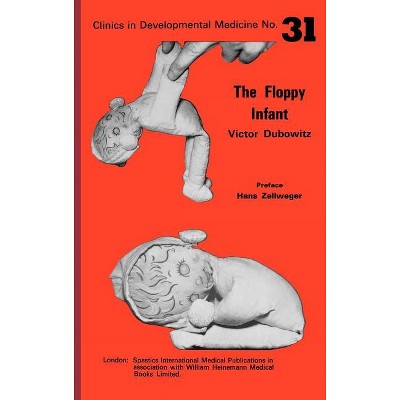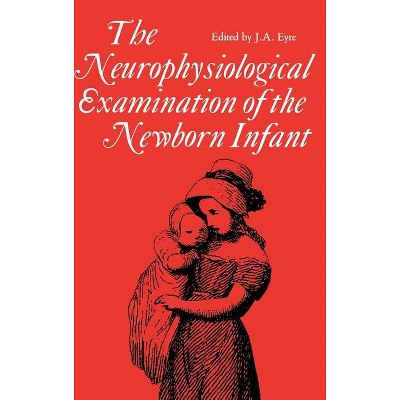Sponsored

Improving Hand Function in Children with Cerebral Palsy - (Clinics in Developmental Medicine) by Ann-Christin Eliasson & Patricia Burtner
In Stock
Sponsored
About this item
Highlights
- Clinics in Developmental Medicine No. 178 For most children with cerebral palsy, the extent to which they can use their hands is critical to their overall development.
- About the Author: Ann-Christin Eliasson (Associate Professor, Department of Woman and Child Health, Astrid Lindgren Children's Hospital, Karolinska Institute, Stockholm, Sweden) Patricia A. Burtner (Associate Professor, Division of Occupational Therapy, Department of Pediatrics, 1 University of New Mexico, Albuquerque, New Mexico)
- 480 Pages
- Medical, Pediatrics
- Series Name: Clinics in Developmental Medicine
Description
About the Book
In this book, selected experts from around the world in the fields of neuroimaging, neurology, orthopaedics, anatomy, motor control and motor learning provide fundamental theoretical information for the development of hand function in children with cerebral palsy.Book Synopsis
Clinics in Developmental Medicine No. 178For most children with cerebral palsy, the extent to which they can use their hands is critical to their overall development. Over the last two decades there have been major advances in the understanding of hand function. Particularly in children with cerebral palsy, assessment of hand function has become more exact and the range of possible interventions has expanded. Changes in treatment approaches can be seen in neurorehabilitation, orthopaedic management, developmental pediatrics and rehabilitation including occupational and physical therapy practices.
In this book, selected experts from around the world in the fields of neuroimaging, neurology, orthopaedics, anatomy, motor control and motor learning provide fundamental theoretical information for the development of hand function in children with cerebral palsy. The book also shows how theory can be translated into practice by clinicians who provide assessment and intervention services to improve hand use in this population in sections written by researchers in occupational and physical therapy. Linking different fields of knowledge, this book highlights new perspectives and provides the best evidence for different types of intervention. By focusing only on hand function this essential book highlights new concepts for clinicians and others working towards the overall well-being of children with cerebral palsy.
From the Back Cover
For most children with cerebral palsy, the extent to which they can use their hands is critical to their overall development. Over the last two decades there have been major advances in the understanding of hand function. Particularly in children with cerebral palsy, assessment of hand function has become more exact and the range of possible interventions has expanded. Changes in treatment approaches can be seen in neurorehabilitation, orthopaedic management, developmental pediatrics and rehabilitation including occupational and physical therapy practices.In this book, selected experts from around the world in the fields of neuroimaging, neurology, orthopaedics, anatomy, motor control and motor learning provide fundamental theoretical information for the development of hand function in children with cerebral palsy. The book also shows how theory can be translated into practice by clinicians who provide assessment and intervention services to improve hand use in this population in sections written by researchers in occupational and physical therapy. Linking different fields of knowledge, this book highlights new perspectives and provides the best evidence for different types of intervention. By focusing only on hand function this essential book highlights new concepts for clinicians and others working towards the overall well-being of children with cerebral palsy.
Review Quotes
"For the clinician, it is of immense value to get a thorough and structured update of all current evidence in the field of hand function in CP. This book is really recommended." Marianne Arner, Acta Paediatrica, 2009
"The chapters are concise and readable, and in many cases have helpful summaries of the evidence base. It is possible to read each chapter in isolation, and there is some overlap in presentation of the evidence bases from different perspectives, e.g. as it relates specific assessment tools or interventions." Anne Gordon, DMCN, 2009
"The book is essential reading for those professionals of different disciplines who work extensively with children with cerebral palsy." Adrian Sandler, J Developmental & Behavioral Pediatrics, 2009
"This is a highly useful reference that will more than likely be read and reread with new insights gained each and every time. The ideas behind the different treatment strategies and suggestions for interventions remain fresh and optimistic. The concept of present studies to back up and support each treatment approach is specially impressive and noteworthy." Debby Schwartz, Journal of Hand Therapy, 2009
About the Author
Ann-Christin Eliasson (Associate Professor, Department of Woman and Child Health, Astrid Lindgren Children's Hospital, Karolinska Institute, Stockholm, Sweden)Patricia A. Burtner (Associate Professor, Division of Occupational Therapy, Department of Pediatrics, 1 University of New Mexico, Albuquerque, New Mexico)






